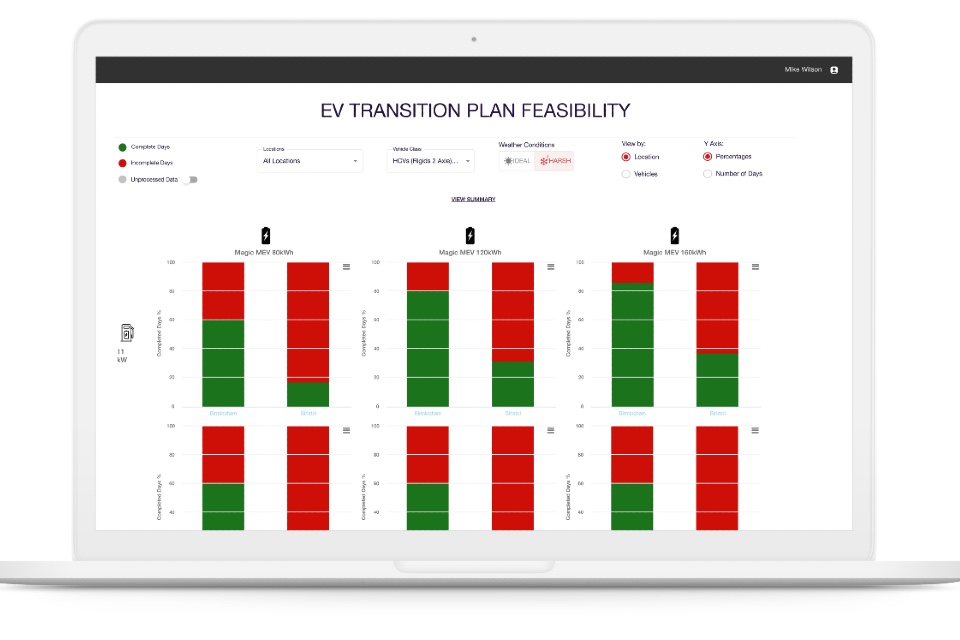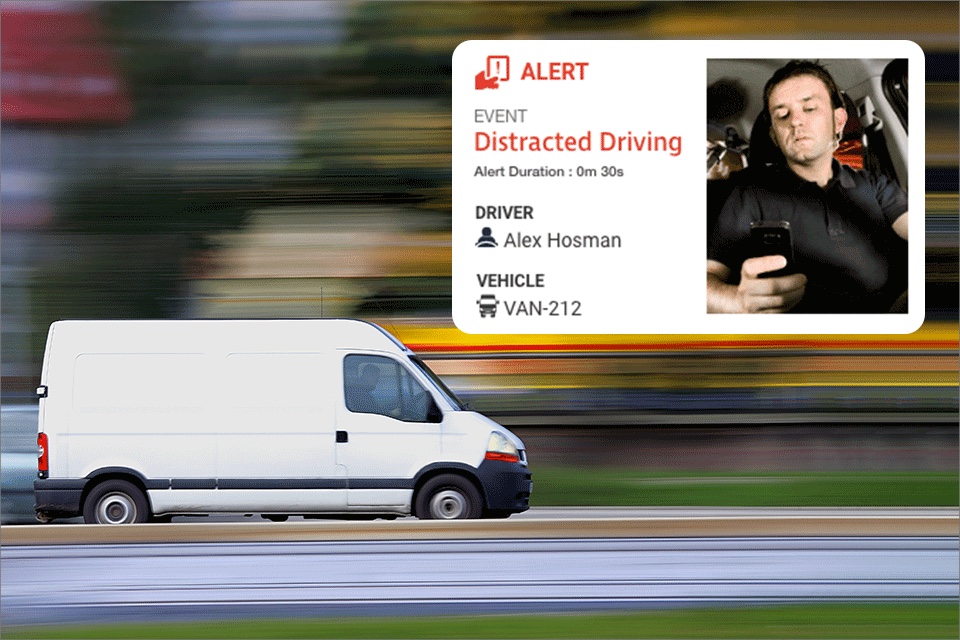Teletrac Navman doubles down on telematics for decarbonisation

Teletrac Navman has revealed major updates to its alternative energy product portfolio that it says will enable fleets to strategically plan, implement, and track the transition from internal combustion engine (ICE) to multi-fuel capabilities. EVE (Electric Vehicle Evaluator) is an electric vehicle (EV) transition platform that utilises telematics data and predictive analytics to build a […]
‘Scepticism and lack of trust’ surround Zero Emission Government mandates

Teletrac Navman’s annual industry survey has revealed less than half of respondents believe the governments will follow through with planned zero emissions mandates, while two-thirds of global fleets are currently operating PHEV, BEV or FCEV vehicles in their fleet. The 2024 Telematics Survey (TS24) sheds light on the industry’s latest trends and challenges, as well […]
How to transition to electric fleet vehicles using Fleet Management Software

By Barney Goffer, UK Product Manager at Teletrac Navman UK The recent expansion of London’s ULEZ zone, meaning non-compliant cars or vans will face £12.50 daily charge to drive into the zone, has sparked debate across fleets in the UK. According to recent research, rising operations costs are one of the biggest worries for fleets, […]
Driver Safety – A guide to reducing risk

By Barney Goffer, UK Product Manager for Teletrac Navman For fleet managers, the first step to improving driver safety is knowing which metrics to capture in order to then create meaningful KPIs around them. This is where connected fleet management solutions come in – making everyone’s lives easier. Connected fleet management solutions such as the […]


